
Do you have a question about the Ford 2006 Econoline and is the answer not in the manual?
| Brand | Ford |
|---|---|
| Model | 2006 Econoline |
| Category | Automobile |
| Language | English |
Explanation of various symbols found on the vehicle and in the owner's guide.
Explanation of various symbols found on the vehicle and in the owner's guide.
Alerts you to vehicle conditions that may require expensive repairs or indicate a malfunction.
Explanation of the 'Service Engine Soon' indicator light and actions to take when it illuminates.
Indicates the engine has defaulted to a 'limp-home' operation; report fault to dealer.
Illuminates when the fuel cap may not be properly installed; can lead to 'Service Engine Soon' light.
Confirms functionality and indicates low brake fluid level or brake system issues.
Indicates a malfunction in the ABS; requires service if illuminated or flashing.
Alerts to system malfunction; requires immediate service if it fails to illuminate, flashes, or stays on.
Reminds occupants to fasten their safety belts; a chime may also sound.
Indicates when the AdvanceTrac with RSC system is active, requires service if light remains on.
Illuminates when the battery is not charging properly; indicates a potential electrical issue.
Illuminates when the fuel level is at or near empty; prompts refueling.
Indicates critical fluid levels or temperature; warns of potential engine issues.
Indicates overdrive function status or potential transmission issues if flashing or not illuminating.
Overview of gauges including speedometer, coolant temp, and odometer.
Indicates the current vehicle speed.
Indicates engine coolant temperature; warns of overheating if needle enters red section.
Indicates battery voltage when ignition is ON; requires check if pointer is outside normal range.
Indicates engine oil pressure; warns of low pressure requiring engine shutdown.
How to set, increase, decrease, resume, and turn off the speed control system.
Operation of the remote entry system for locking/unlocking doors and using the panic feature.
General safety advice for wearing seatbelts, restraining children, and avoiding dangerous seating practices.
How to fasten and unfasten the combination lap and shoulder belts.
How to use automatic locking mode, especially for child safety seats.
Explanation of the device that removes excess webbing from the safety belt system.
Alerts occupants to fasten safety belts; includes BeltMinder feature.
Supplemental warning for unbuckled safety belts, providing additional reminders.
Explanation of how the SRS system activates and its components.
Critical safety warnings regarding airbag deployment, proper seating, and distance from the airbag.
Instructions for turning the passenger airbag on or off, and associated warnings.
Guidelines for using safety restraints and child seats properly.
When to use booster seats and how to ensure proper fit of belts.
Why shoulder belts are crucial with booster seats and general safety advice.
How to properly install child safety seats using safety belts and LATCH anchors.
Step-by-step instructions for installing child seats using vehicle seat belts.
How to attach safety seats using tether straps to vehicle anchors.
How to use LATCH anchors for child seat installation at specific seating positions.
Guidelines for checking and maintaining proper tire inflation pressure.
How to properly load the vehicle and trailer within weight limits.
Explanation of payload and how to calculate available cargo and luggage capacity.
Table of Gross Combined Weight Ratings and trailer weights for different engines and axles.
General advice and precautions for towing a trailer, including hitches and safety chains.
Specific guidelines for driving with a trailer, including speed, braking, and gear selection.
Information on normal brake noise and when to inspect brake linings.
How the ABS system works and what to expect during operation.
Indicates ABS system status; requires service if light is abnormal.
How to use ABS effectively during hard braking and on slippery surfaces.
How to set and release the parking brake, and its importance.
How the AdvanceTrac system enhances stability and traction, and how to operate it.
How vehicle load and center of gravity affect stability and handling.
Advice on handling emergency situations like sharp turns and sudden stops safely.
Explanation of the brake-shift interlock and starting procedures.
How to activate and use the Tow/Haul feature for towing or heavy loads.
Information on Ford's complimentary roadside assistance program and services covered.
Instructions on how to use roadside assistance, including contact numbers and identification cards.
Information on fuses, their ratings, colors, and location in the passenger compartment and power distribution box.
Step-by-step instructions for safely changing a flat tire.
Preparation steps before changing a tire, including parking brake and wheel blocking.
Procedure for safely jump-starting a vehicle with a discharged battery.
Recommendations for towing the vehicle and avoiding damage.
General safety precautions to follow when working on the vehicle.
Procedure for checking and adding engine oil, with level indicators and precautions.
Recommendations for engine oil type, viscosity, and filter specifications.
Information on battery maintenance, electrolyte levels, cleaning, and electrical accessory impact.
How to check and add engine coolant, with concentration and capacity information.
How the fail-safe cooling system works and what to do if it activates.
Important safety precautions and guidelines for handling automotive fuels.
Ensuring proper function of emission control components and catalytic converter.
How the OBD-II system monitors the engine and emission control system.
How to check and add power steering fluid, with fluid type recommendations.
Information on checking and adding brake fluid and its importance.
How to check automatic transmission fluid level and proper procedure.

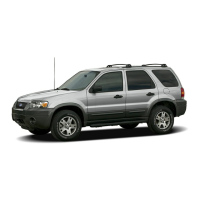
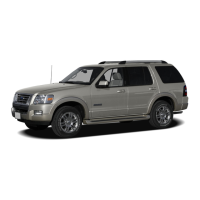
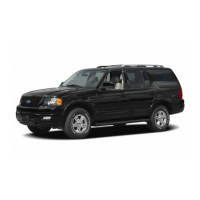
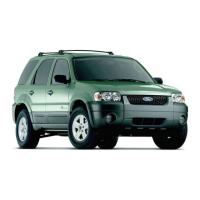

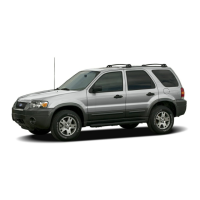
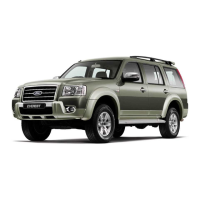
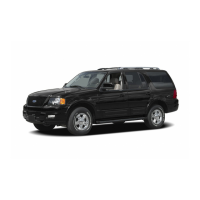
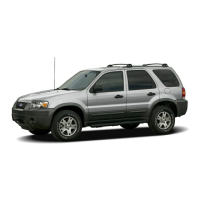

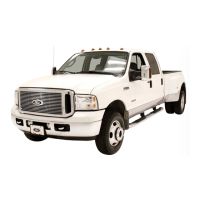
